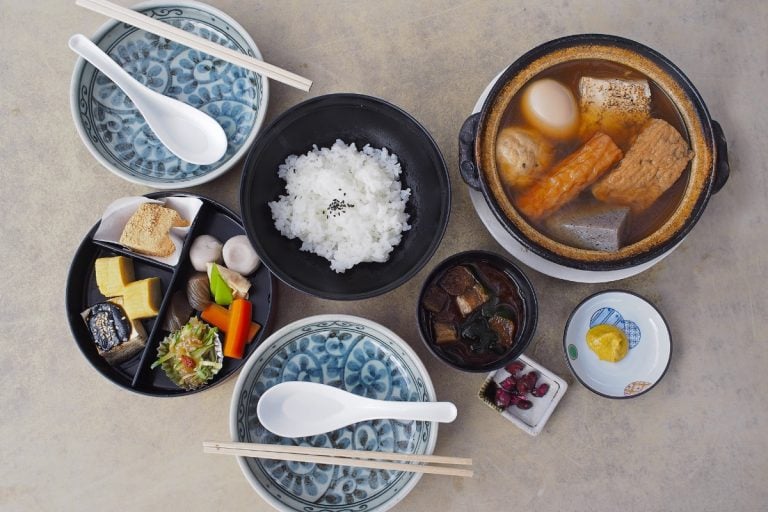
The traditional Japanese diet is one of the healthiest in the world, low in calories and full of fermented foods. In part thanks to this diet, Japan has one of the lowest obesity rates in the developed world, and the longest life expectancy. So let’s take a look at 11 healthy Japanese foods you can start including in your diet, whether you want to lose weight, maintain a healthy lifestyle, or just enjoy some delicious new flavours!
1. Okara
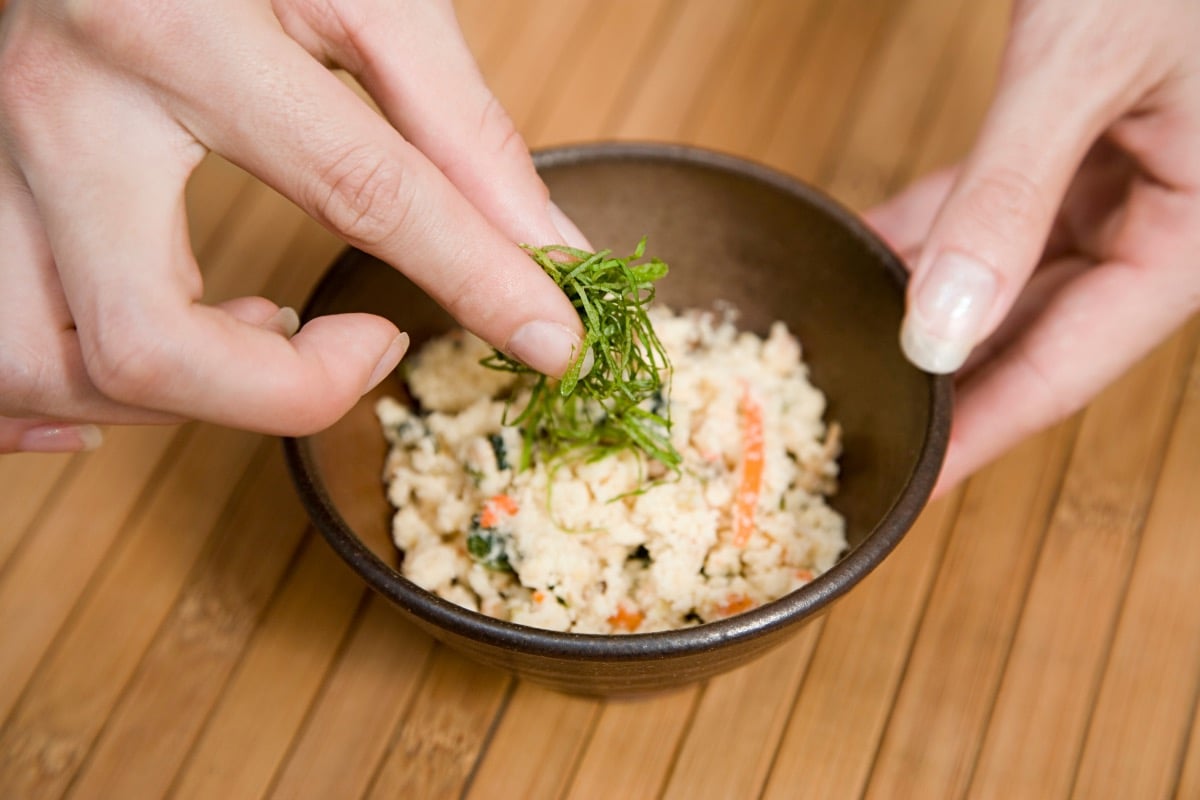
Okara is the fiber dense, low-calorie by-product of soy-milk and tofu. But it’s no waste, in fact, okara is incredibly nutrient dense, containing iron, omega-3 fatty acids, calcium, vitamin B2, potassium, magnesium, and vitamin K. In Japan, one of okara’s most common uses is in the making of a side dish called unohana. But this superfood is also a great flour substitute, which can be used for cookies, pie crusts, fruit crumbles, muffins, and more!
2. Natto
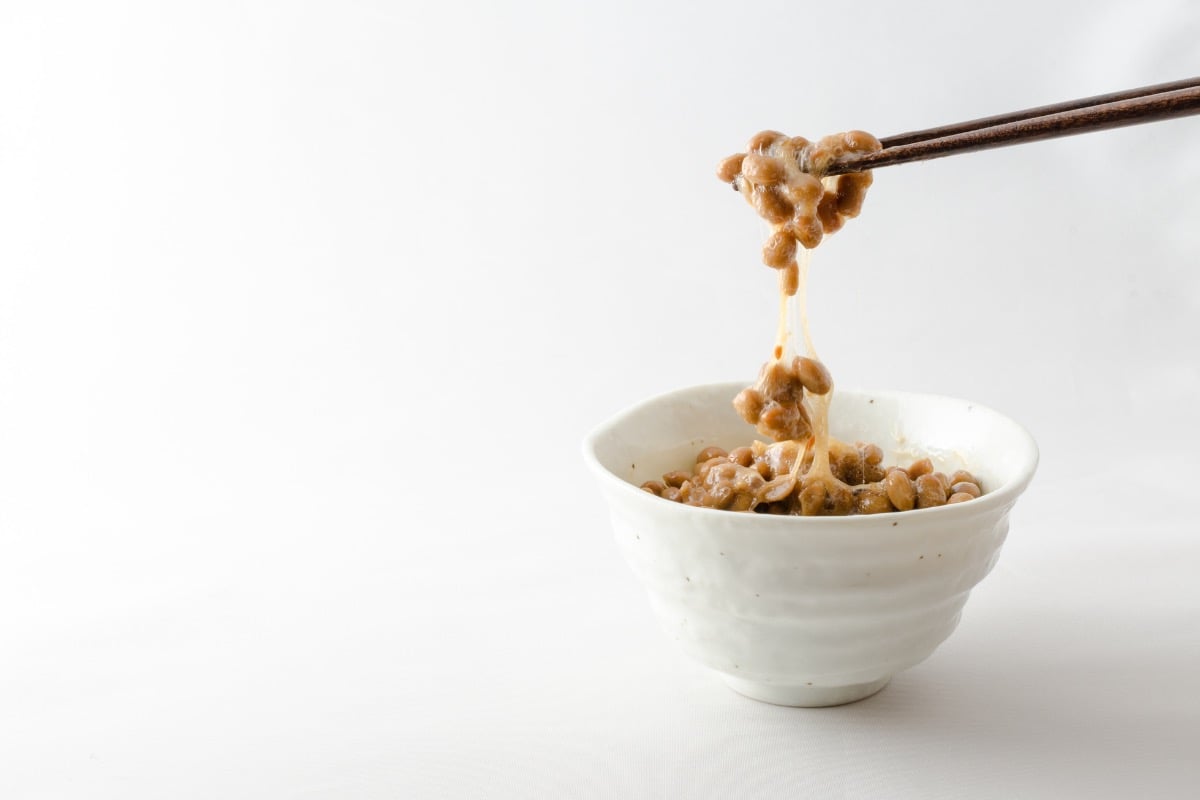
Fermented foods are great for the gut! Natto is made of fermented soybeans. Like an aged cheese, it has a strong smell, and a sticky texture (from all those healthy probiotics). However, while Natto may be intimidating, if you add toppings like mustard, soy sauce, or wasabi, it can taste great.
3. Tofu
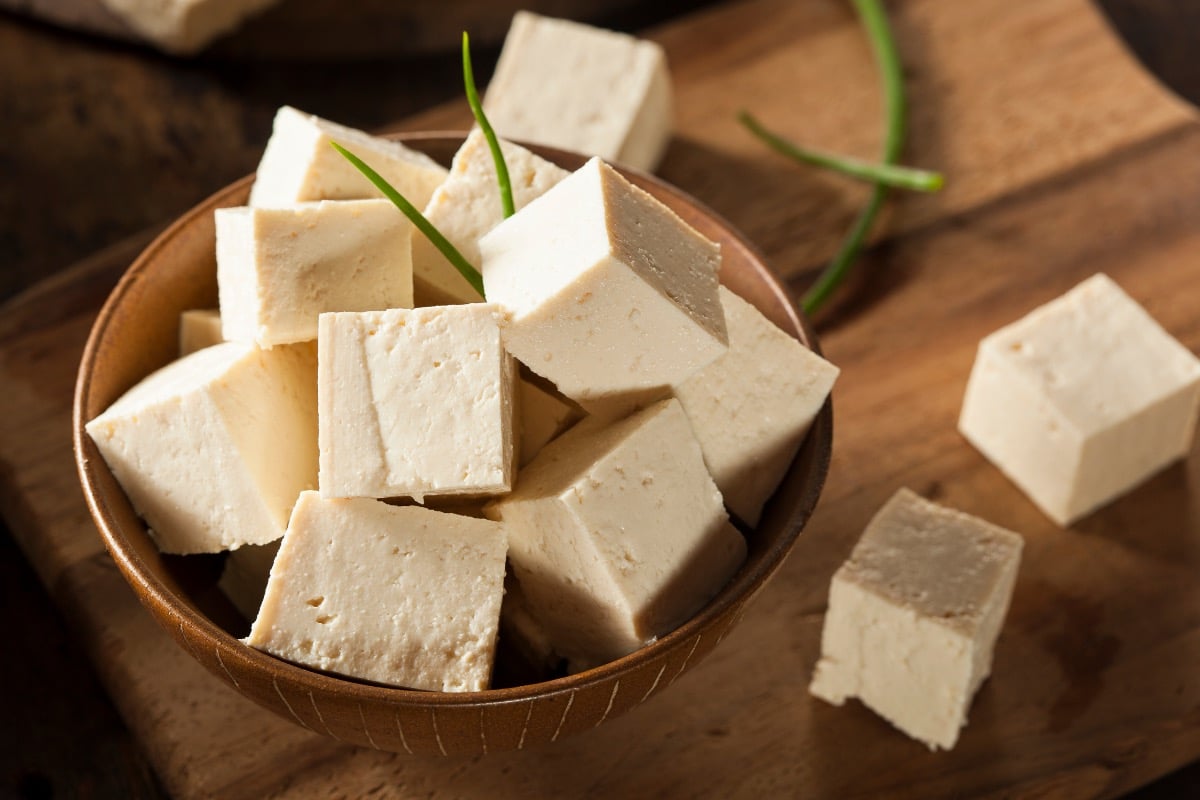
Tofu is a great meat substitute, with lower calories than meat, but plenty of protein and fats. It is highly nutrient dense, with all the essential amino acids, as well as important vitamines and minerals. For added health benefits, you can even ferment your silken tofu using organic soymilk and a starter, both easily bought in Japanese supermarkets, to give your gut biome a boost.
4. Pickled Vegetables
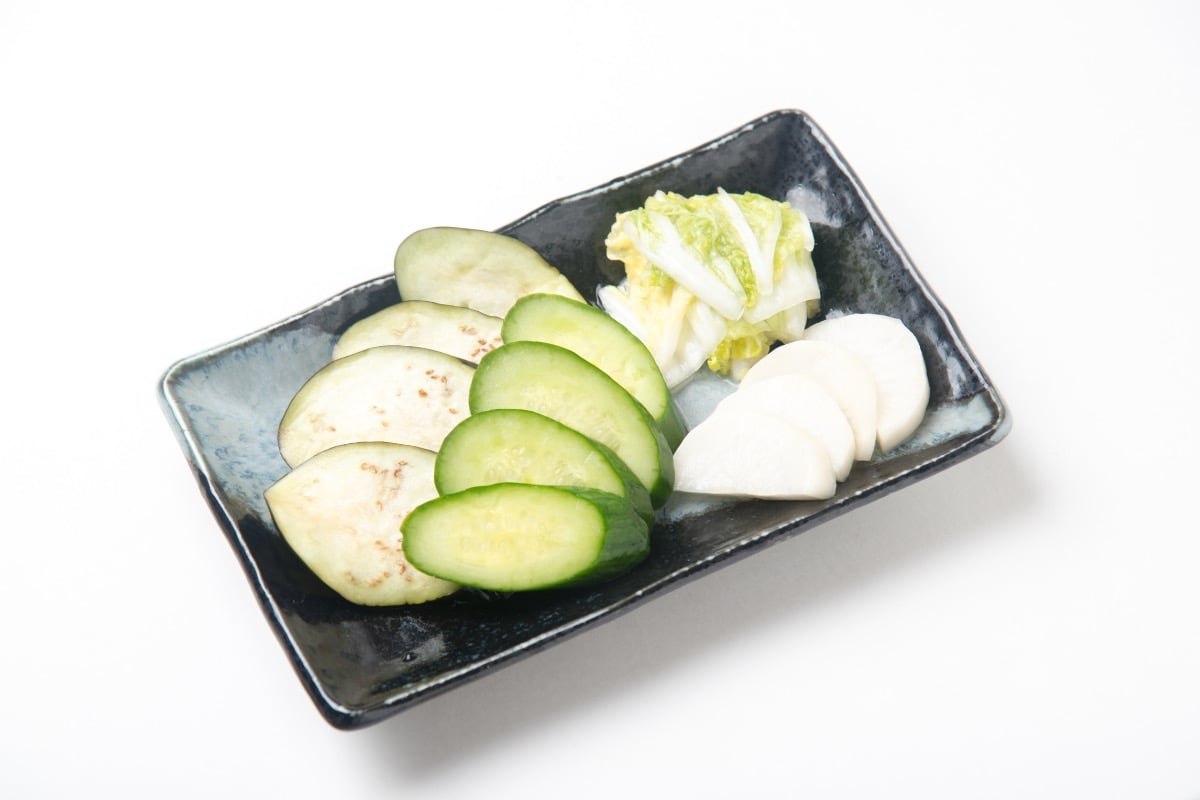
Tsukemono, Japanese pickled vegetables, are eaten with almost every meal in a traditional Japanese diet. Tsukemono are made from a rainbow of different vegetables, so that you eat different kinds with every meal. The many kinds of tsukemono provide all kinds of vitamines, fiber and probiotics. A varied diet is a healthy one, so why not try a few types of tsukemono yourself?
5. Konjac
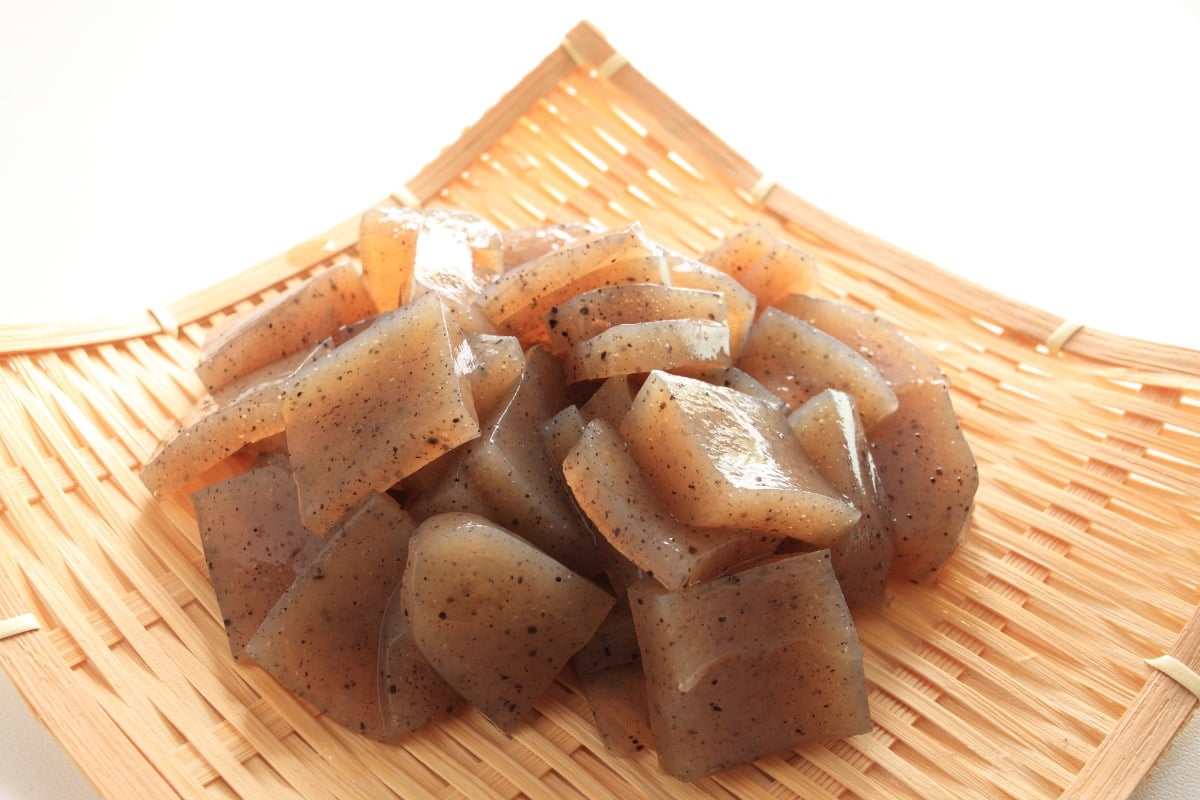
Konjac, or konnyaku, is made from the root of the konjac potato plant. It is very high in fiber, and very low in calories, with a single serving being only 20 calories. Even better, it tastes great and is easy to prepare. You can get konjac balls in Japanese supermarkets, which are fried with a bit of oil and pre-prepared soy sauce packets. They bounce around in the pan and are a lot of fun to cook. Konjaku also comes in the form of tiny, chewy, fruit dessert cups, which are one of my favorite snacks when I’m craving something sweet.
6. Amazake
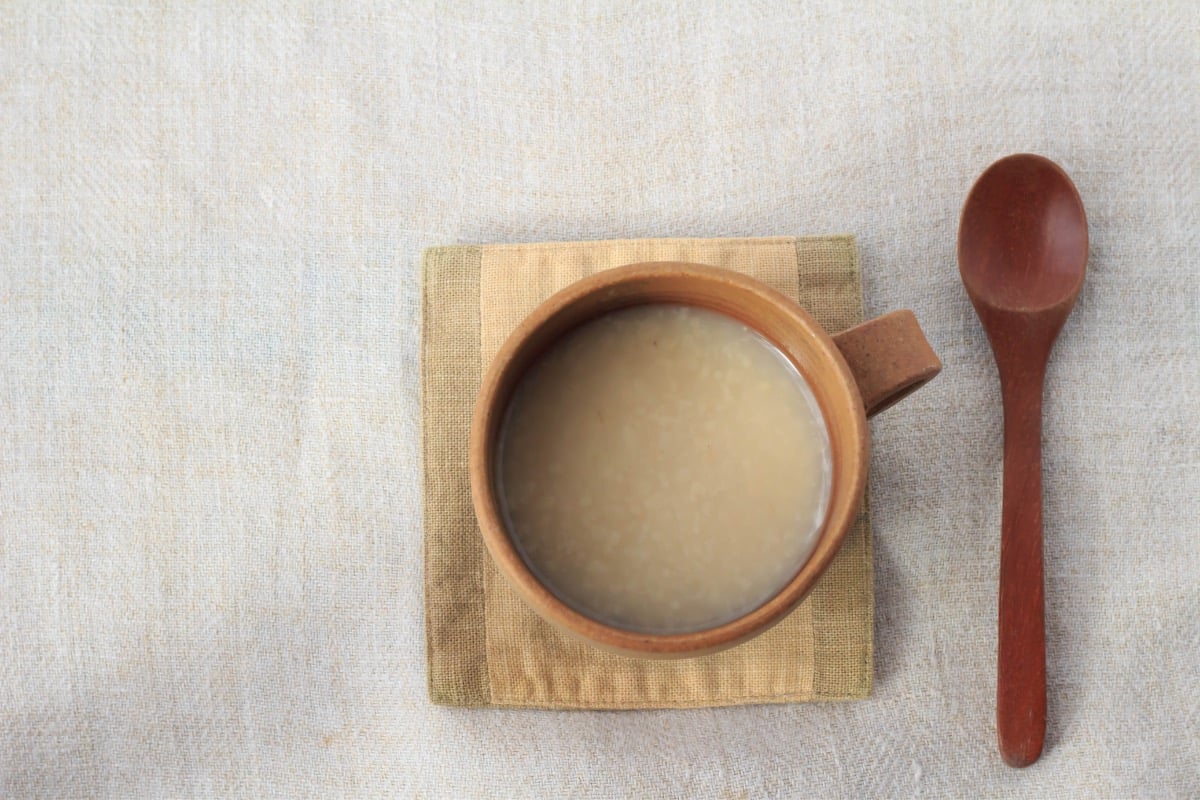
Amazake is made from fermented rice, like sake, but unlike sake it contains either no, or very little alcohol. This fermented drink is full of healthy nutrints, including probiotics, animo acids, digestive enzymes, and vitamin b complex (a vitamin that helps you burn fat). In addition to its nutirtional benefits, amazake is a delicious sweet drink, served iced in summer, and warm in winter.
7. Shirataki Noodles
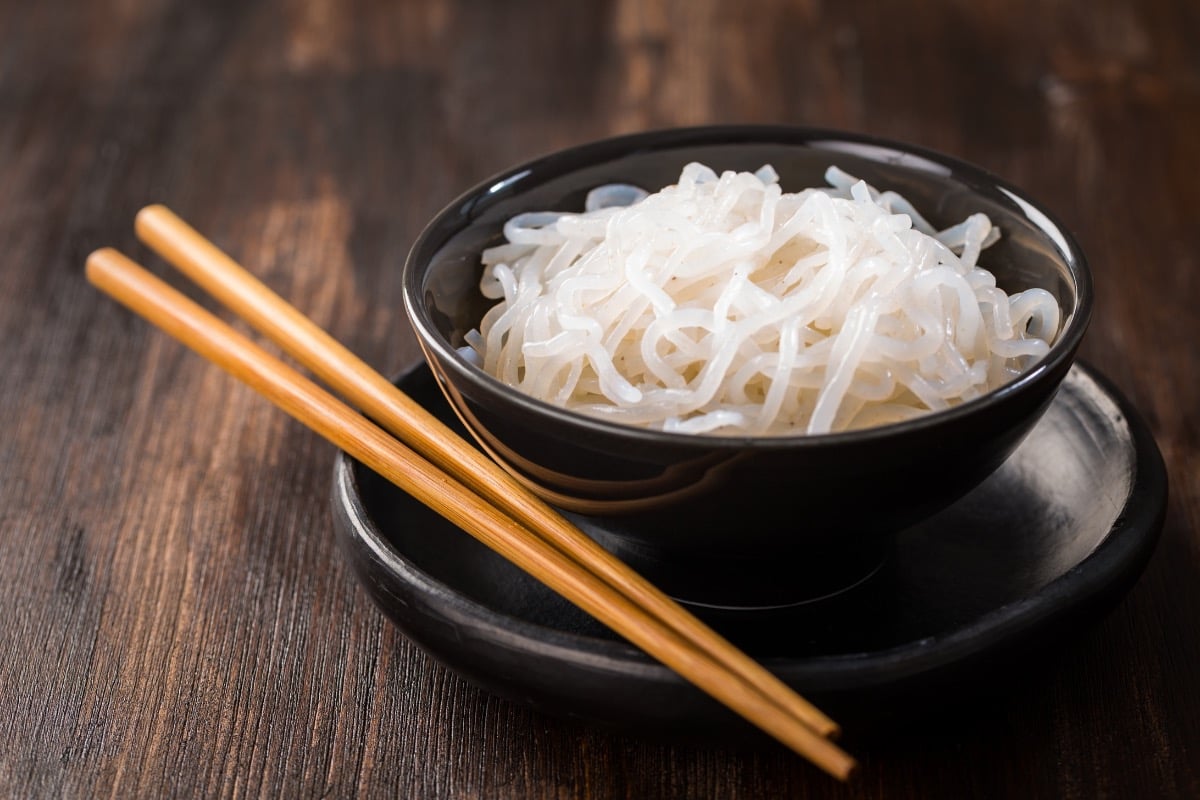
Made of the same product as konjac, shirataki are low calorie replacement for noodles — great in Italian pasta dishes and ramen bowls. You should eat them with caution though, as they make you feel full without providing your daily calories. If you do decide to eat konjac or shirataki, make sure you’re still getting your medically recommended calorie count for the day.
8. Japanese Teas: Matcha, Hojicha, Sencha
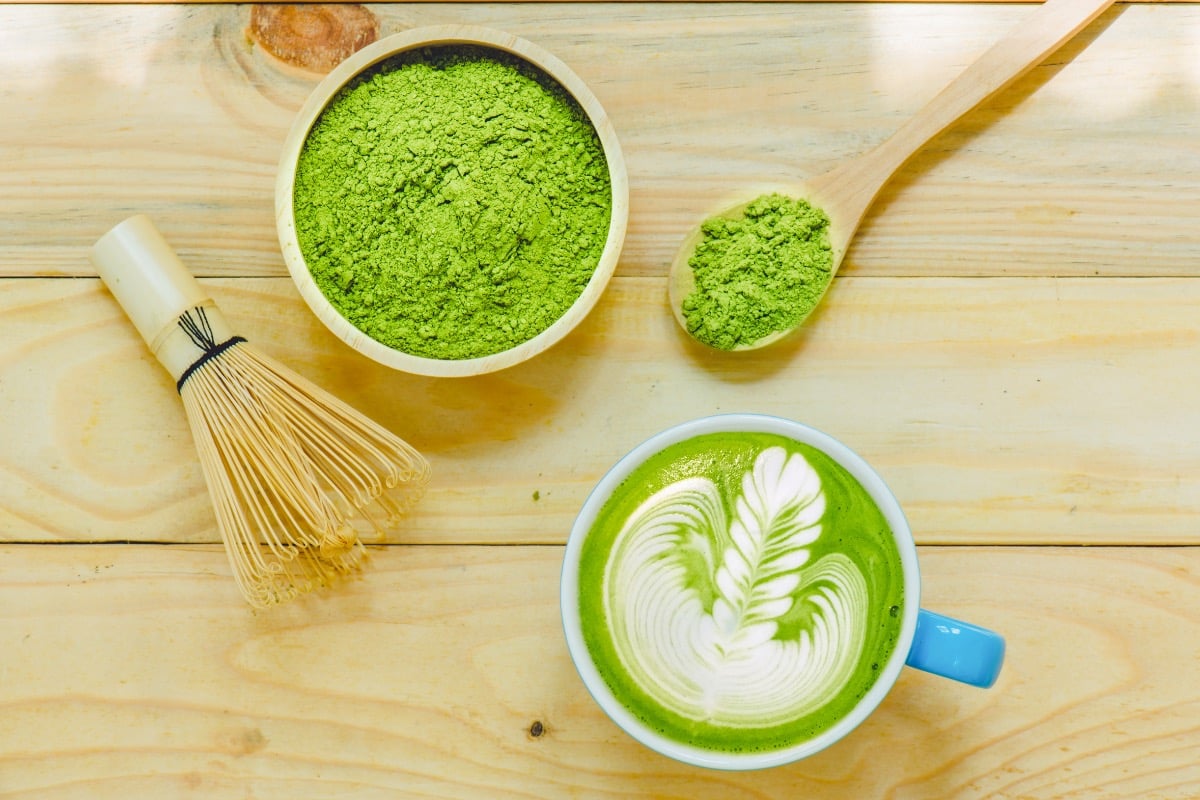
Japanese teas are high in anti-oxidants, making them great for the skin and body. The best part about Japanese teas is that they are a great way to flavor your water and aid in hydration, as a substitute for sugary sodas. With summer coming up, your tea doesn’t have to be hot either, there are special green teas you can buy in the grocery store which are designed to steep in cold water, look for ice cubes on the packaging.
9. Aonori
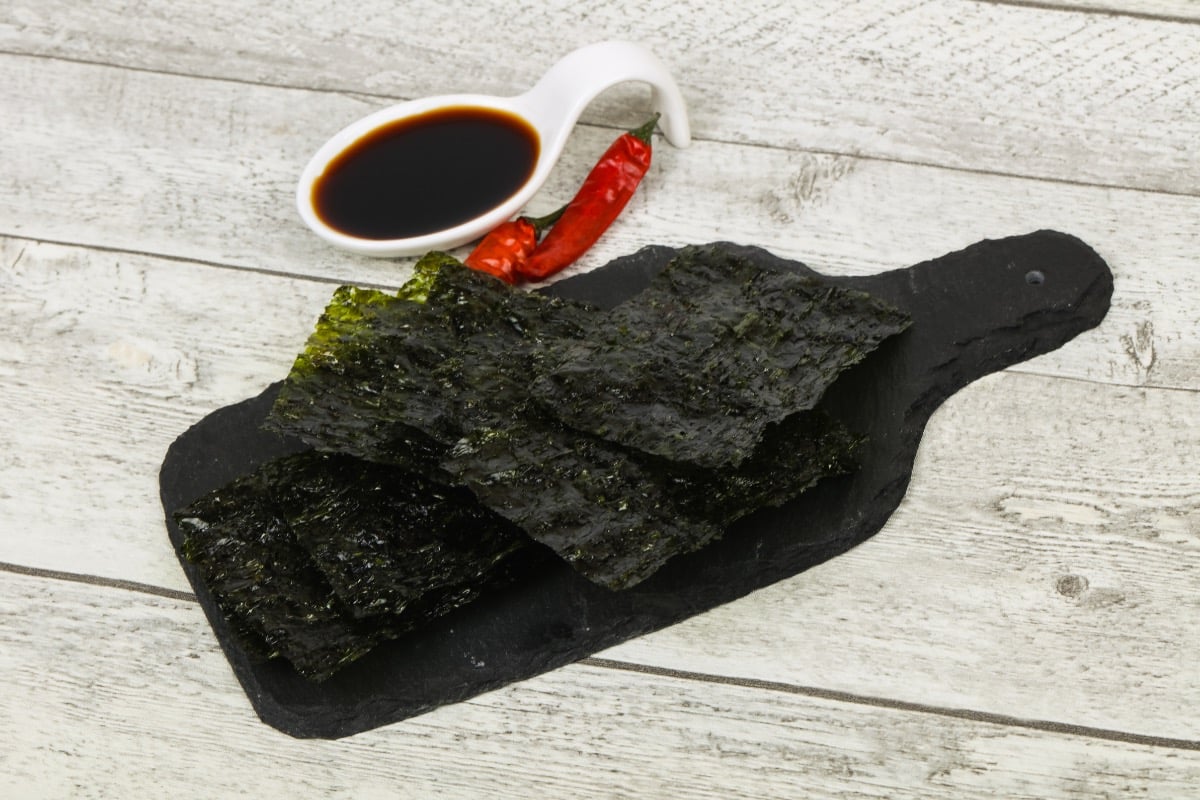
Aonori seaweed is full of minerals, antioxidants and vitamines These strips of dried seaweed are found wrapped around onigiri, inside miso soup or flaked on top of rice. But anori can also be eaten on its own as a snack. Eating a bag of aonori is like eating a bag of chips — same crunch, same saltiness, but more health benefits!
10. Sweet Potatoes
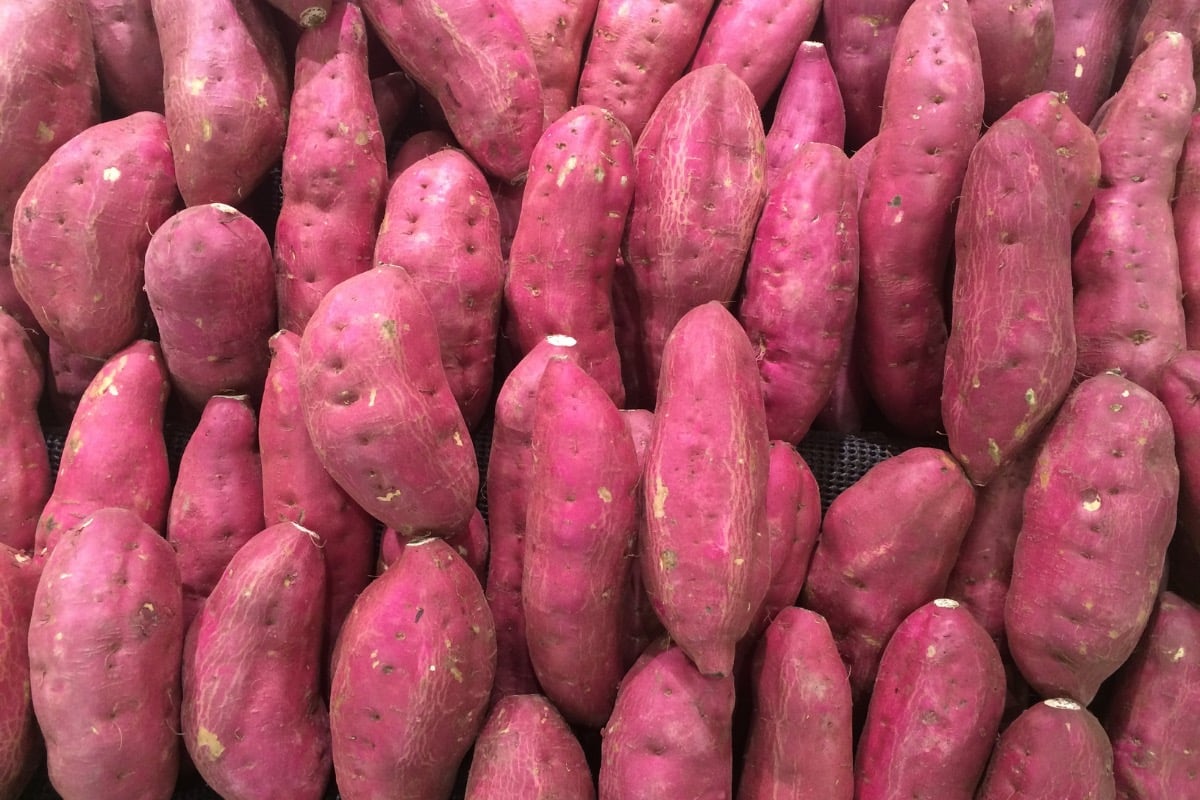
Japanese roasted sweet potatoes “yaki-imo” are an indulgent sweet treat, that tastes like dessert, but counts as a serving of vegetables. These purple-orange packets of goodness are full of vitamines, espescially vitamines E, C and A. Okinawa has longest life expectancy out of all Japan… and sweet potatoes are a staple of the Okinawan diet. While they might not help you live forever, Japanese sweet potatoes certainly are a great food to include in your diet too.
11. Agar-agar
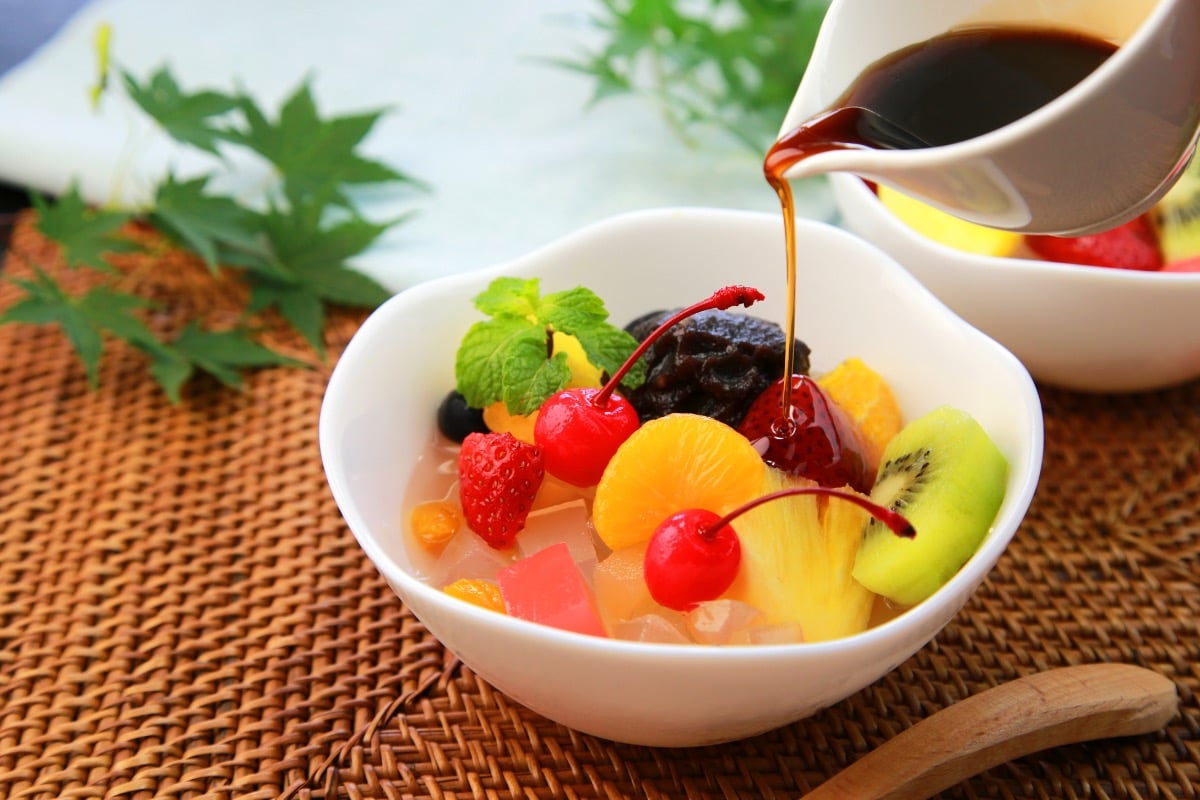
Agar-agar (also called kanten in Japanese) is a vegan way of making jellies made of red algae. Not only does kanten have no calories, it is 80 percent water-soluble fibre, perfect for those on a diet. If you’re craving a treat, you can add kanten to any liquid to turn it into a Jello-like dessert. Kanten is the base for the traditional Japanese summer dessert anmitsu, wihc has been served in Japan since the Meiji-era. Cubes of agar jelly are served with sliced fruit and red azuki beans, all drizzled in black sugar syrup.















